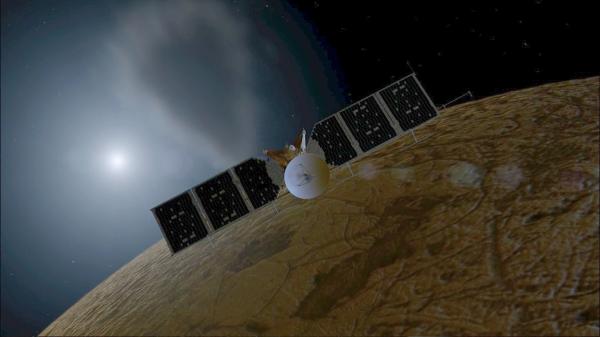HAIR: History of Animals using Isotope Records
Stable isotopes provide information on the history of individual animals, as well as over evolutionary time scales for animal lineages. In this talk I will discuss how isotopes can be used to understand the reconstruct the diets of individuals and to put constraints on travel histories of individuals. As case examples, I discuss controlled feeding experiments to constrain model parameters and show that forward and inverse modeling can be used to reconstruct diets over time.
